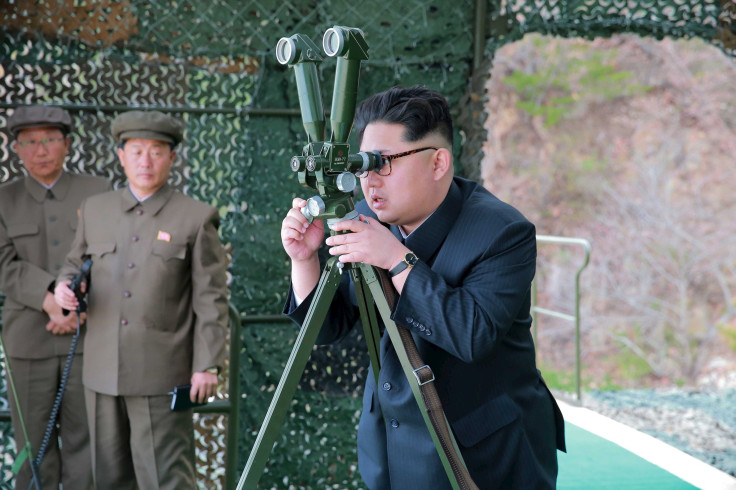Satellite Images Of North Korea’s Punggye-ri Nuclear Test Site Show ‘High-Level Activity’

Latest satellite images show "high-level activity" at North Korea's nuclear test site, 38 North said Monday. However, the images do not suggest whether the activity is for maintenance, excavation or preparation for another nuclear test, according to the blog run by Johns Hopkins University's School of Advanced International Studies.
The commercial satellite imagery was captured on July 7 from the reclusive country's Punggye-ri nuclear test site. The images appear to be of supplies and/or equipment placed on the grounds of North Portal, where Pyongyang carried out its fourth nuclear test in January, 38 North said. A small vehicle can be seen at the support building to the south of the area and several mine ore carts may be present southeast of the portal, indicating that the tunnel was being actively worked on, according to the blog.
"Based on imagery alone, it is not possible to determine whether this activity is for maintenance, excavation or preparation for a fifth nuclear test. Nevertheless, it is clear that North Korea is ensuring that the facility is in a state of readiness that would allow the conduct of future nuclear tests should the order come from Pyongyang," 38 North said.
This follows North Korea’s testing of its fifth and sixth intermediate-range ballistic missiles in late June. The U.S., South Korea and Japan condemned the missile tests and the U.N. Security Council criticized the tests and called for the renewed enforcement of sanctions imposed after the reclusive country’s fourth nuclear test earlier this year.
Late last month, North Korean foreign ministry accused the U.S. of continuing its "hostile acts" against Pyongyang and pushing it to strengthen its nuclear deterrence against Washington. The foreign ministry said that the country "will continue taking a series of steps for bolstering up the nuclear deterrent for self-defense both in quality and quantity to cope with the ever-escalating U.S. hostile acts against the former."
© Copyright IBTimes 2024. All rights reserved.












